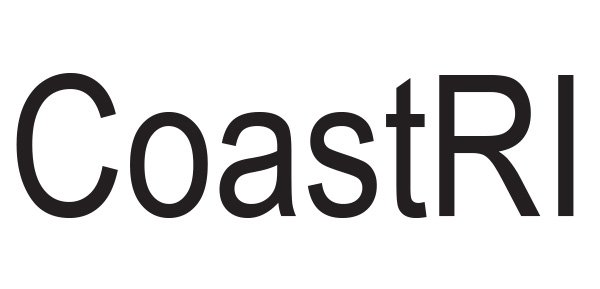Encompasses a 2-year pilot program aimed at assessing the viability of establishing a coastal ocean modelling commons in partnership with the University of New South Wales (UNSW). The program also focuses on enhancing Australian ice sheet modelling capacities, with the ultimate aim of integrating ice sheets into the ACCESS framework.
IMOS is establishing observing capability to monitor coastal waves and estuarine water quality to improve understanding of processes and conditions directly related to inundation and other coastal risks. These observing platforms will provide baseline data to understand conditions and trends in key coastal areas.
The TERN-enabled OzSET network of 289 portable mechanical leveling devices benchmarks and measures the relative elevation change of wetland sediments at 31 site locations in 5 Australian states and territories. Additionally, with AuScope’s drones, TERN plans to examine how integration of remote sensing combined with LiDAR can provide meaningful information about wetland vegetation characteristic in conjunction with Surface Elevation Table measures.
Learn more about the Drones Collaborative Research Platform (CRP)
This project comprises the Trusted Environmental Data and Information Supply Chains program, focusing on the necessary infrastructure for environmental prediction, trusted data spaces, and models, and data sharing between sectors. It also includes the Modelling, Analytics and Decision Support program, focusing on supporting data and modelling platforms for research and decision making, the Machine Observation program designed to provide national facilitates for data storage, data synthesis activities, and processing pipelines, and the Governance of Indigenous Data program, enhancing the capability and capacity of facilities for the development of learning partnerships for governance of indigenous data and processes.
AURIN will contribute curated data, training, expertise, and understanding relevant to urban coastal assets to allow modelling of the risk and impact of coastal inundation from storm surge and sea-level rise. This includes access to AURIN’s current repository of curated coastal population and demographic data, derived data, and historical data to allow time series analysis. Acquiring access to currently unavailable and hard-to-get urban infrastructure data assets, such as subterranean utilities, is a key priority for AURIN and its users. Data pertaining to the urban environment is critical to understanding the economic and human well-being impacts of coastal inundation.
Drone and fixed monitoring infrastructure will provide a vital bridge between satellite, ground and marine characterisation for the nation. The infrastructure will capture information with emerging scientific-grade, remote sensing instruments (hyperspectral, terrestrial and bathymetric LiDAR, thermal, photogrammetry). The fixed camera/LiDAR stations offer continuous coverage at strategic locations of national priority, while drone deployments enable flexibility for high-resolution and rapid-response surveying. It opens new avenues for change detection and monitoring, over sites of strategic interest, validation sites, areas impacted by extreme events and inundation, or locations of key coastal management interventions. There are innovative citizen science and outreach components, providing complimentary, low-cost observations and critical community engagement.

